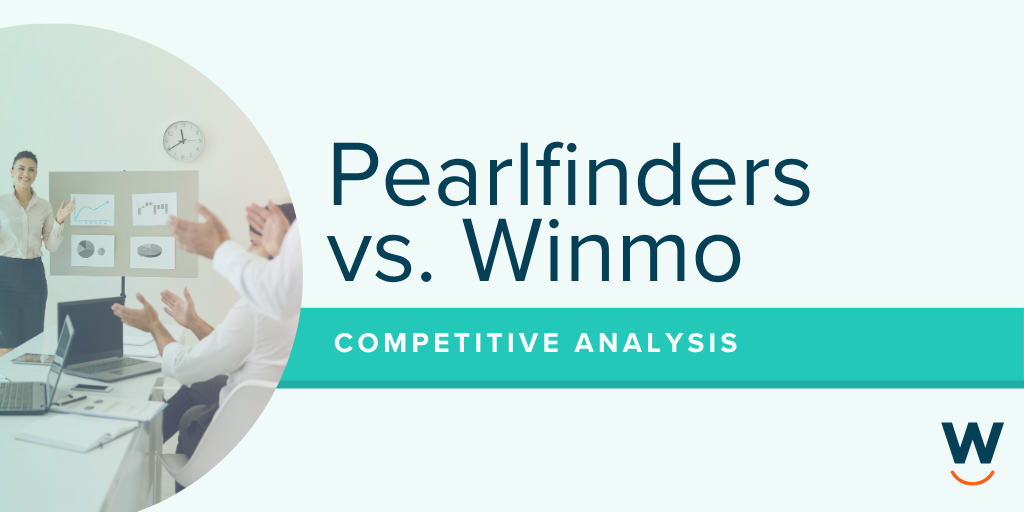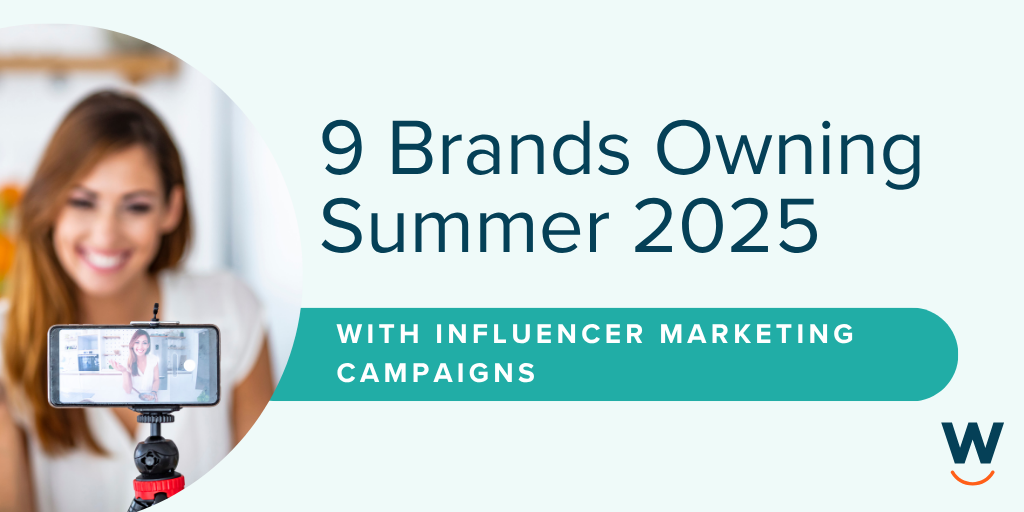
How Can Lead Databases Improve Your Prospecting Success?
Sales — and prospecting in particular — can veer wildly from goal-crushing to soul-crushing. It’s not unusual for sales people to have a process of filling their pipeline by prospecting, then closing and writing contracts. But when the contracts are being closed and written, cold-calling and emailing activities stop, and the pipeline slowly runs dry.
So the sales person goes back to prospecting and the erratic pipeline flow begins again. Timing is everything. Reaching out at the right time can shorten your sales cycle, increase your pipeline velocity and boost your win rate.
Unsurprisingly, the front-loading of effort for payment on the back end can cause cash-flow problems for sales organizations and the sales reps in them, and is one of the biggest causes of frustration for everyone involved. Leveling out the highs and lows by understanding the tools at your disposal could lead to a more consistent workload and paycheck.
Knowing what data your prospect contact database contains is one of the most overlooked sales skills. Take Winmo, for example – it’s more than just a list of contact information and relationships. If you choose to use its filters, you can find data to help you focus your efforts at the times they’ll be most fruitful.
Job role
If you know the person you want to make friends with is likely to be a VP of marketing, and you want to be besties with the entire automotive industry, those are important filters to be able to apply to your entire data set. Building the right call list is as much about being exclude groups that won’t help you, rather than simply including individuals you think might.
Agency/brand relationships
Does your business intelligence tool tell you which individuals in a company work on a particular brand? Does it differentiate the agency relationships by brand – do you know if Olay and Swiffer, both Procter & Gamble brands, use the same agencies? Probably not, right? So knowing who works in marketing functions at P&G doesn’t help you reach the right person as much as getting the right business intelligence for individual brands.
Planning and buying periods
If you reach out to brands the day after they’ve committed their spending plans for next year, it’s too late. To get a piece of the pie, you need to talk to them while they’re looking for places to spend that money. If you can get in on the conversation early enough you can have a greater influence on the kinds of spending brands see as important, and which organization they trust to spend that money wisely. It’s yours, if you were wondering.
Brand media spend by channel
Not every brand spends in every media channel, and how those funds are allocated can change from year to year: just look at the explosion in mobile or the resurgence of OOH ads as print and even network TV see reductions. And brands have different audiences and strategies to reach them; so while that might be an accurate spending scenario for one brand, the opposite might be true for a competitor in the same space. Being able to see how a specific brand’s spending profile changes year-over-year and by quarter can give a savvy prospector a significant edge over the competition.
By refining your filters for call list creation you can find the right people, with the right budget, at the time they’re planning their spending rounds. Timing your outreach to these prospects at, or near, the time they’re most likely to convert means they’re already in a frame of mind where they want to look at options and talk about solutions.



